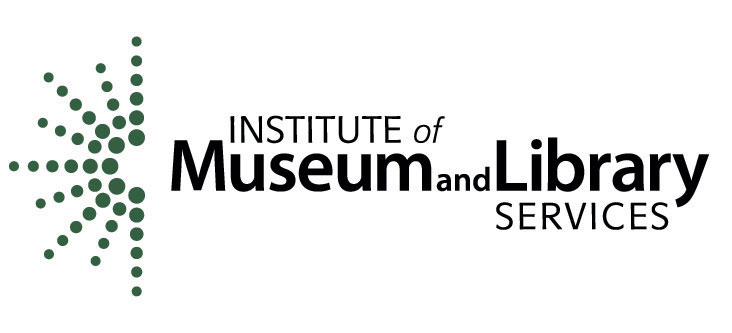Accessibility Excellence Program History
The Accessibility Excellence toolkit was developed as a result of a partnership between PA Museums, the Pennsylvania state membership organization for museums, historical sites, and museum professionals, and the Pennsylvania Historical and Museum Commission (PHMC)’s Bureau of Historic Sites and Museums (BHSM). In 2019, IMLS awarded PA Museums a grant to develop a toolkit that includes a self-assessment and supporting resources to help museums improve accessibility for historically marginalized communities.
Early in the project, a working group was formed from museum staff and an advisory council was created to include a diverse mix of voices, including people with disabilities and members of historically marginalized communities. We agreed that the program would be built upon the following core principles, some of which are shared with the American Association of State and Local History (AASLH)’s Standards and Excellence Program for History Organizations (STEPs):
-
- Promote and advance awareness of national standards, particularly those that are emerging around diversity, equity, access, and inclusion (DEAI).
- Encourage organizations to meet compliance standards set by the Americans with Disabilities Act (ADA) and show that exceeding these standards is worthwhile and attainable.
- Create a self-assessment that will be relevant to the broad museum community, but still approachable by small- and mid-sized organizations and museums.
- Demystify the process of improving accessibility in historic buildings and landscapes.
- Allow participants to work one section at a time and at their own pace.
- Build a program that encourages improvement and rewards progress.
- Complement self-assessment programs offered by other organizations.
- Use plain language to make the toolkit approachable in tone and easily understandable for non-professionals.
Our work was also done in the context of the international COVID-19 health crisis, Black Lives Matter protests, and the 30th anniversary of the Americans with Disabilities Act (ADA).
Relationship to Other Assessment Programs
Throughout the development of the Accessibility Excellence self-assessment and supporting resources, we had much debate about how our work would relate to and integrate within STEPs, MAP, and other museum accreditation programs or assessments. We wanted to enable each organization that takes part in Accessibility Excellence to use it alongside MAP or STEPs as part of a larger improvement plan, or on its own as part of a focused effort towards improved accessibility. We also wanted to make sure that we did not “reinvent the wheel” and that our tools were easy to use by sharing common framework and language already set in place by these national organizations.
To this end, we decided to use the framework developed in AASLH’s STEPs as a model for our self-assessment. This allowed us to take a format that might be familiar to history organizations (particularly those that are small and mid-sized) and use it to assess an organization’s practices and processes around more focused topic.
It should be noted that some of our standards come out of the work previously done by AASLH and AAM in developing industry benchmarks, as well as legal standards like the Americans with Disabilities Act (ADA). We developed our self-assessment and toolkit simultaneously with other national organizations doing their own work on revising standards to include more focus on diversity, equity, access, and inclusion (DEAI).
Disability often intersects with other identities such as race, ethnicity, gender identity, sexual orientation, socioeconomic status, and disabilities are not always visible or constant. As this self-assessment focuses on accessibility as a stepping stone for broader inclusion, it is also useful to make sure that the team also includes staff, volunteers, and/or community members from historically marginalized groups (BIPOC, people for whom English is not their first or primary language, people who identify as LGBTQ+, people who identify as non-binary/gender-nonconforming, etc.) where possible.
However, we also want to acknowledge that legal compliance with ADA is the bedrock of disability justice work. Our advisors in the disability community repeatedly emphasized the importance of making sure facilities and programs are open to all, and that ADA compliance was the minimum needed to achieve this standard. This led to healthy debate amongst our teams about how clearly to state the necessity of meeting these standards, while also creating a tool that was practical for the museum field and relevant to organizations of all sizes, particularly those operating in historic buildings or landscapes.
Content is available under Creative Commons Attribution unless otherwise noted.


